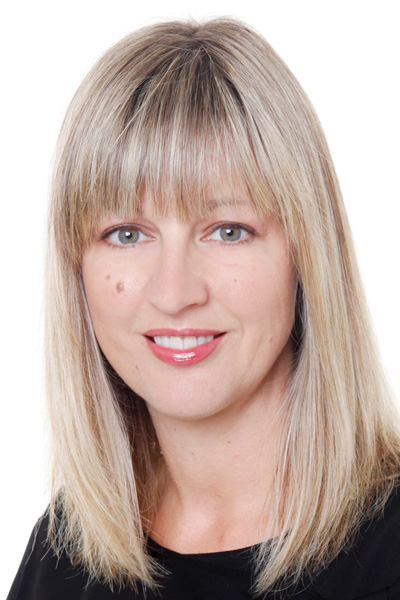In her latest article, Rachel Staggs creates some food for thought about the importance of word of mouth, and challenges advisers to apply some rigor to this powerful client attraction strategy…
Through the client surveys I conduct and advisers that I work with, I know that one of the most preferred ways for a client to meet an adviser is through someone else, whether that be a professional or friend. Through a solid endorsement, the trust your client or strategic partner has in you is transferred to their contact. Simply put, you earn the contact’s trust by proving your trustworthiness and value to your client. The more client-centric you are, the more referable you become. But you know that. You know that the more value you can give, the more you are likely to receive – that theory has been around for years. But how do you leverage the digital era to gain even more introductions to your business? I think that is the more pressing question.
It’s not your client’s job to attract new clients – it’s yours
Simple word of mouth marketing can be a hope-based strategy for some businesses; it’s one where advisers simply hope and pray that someone will introduce a new client to their business. However, word of mouth can be extremely rewarding for all involved, once some rigor and strategy has been developed to support it.
Think about why you might openly talk about and recommend a business, product or service. For example, you might have been to a great restaurant on the weekend, so on Monday you’ll share that experience with others in general conversation. Chances are though, you wont keep talking about it week after week – there’s no reason to, is there? Professor Jonah Berger suggests that there are two kinds of word of mouth: one is immediate and the other is continuous. He believes both are valuable depending on the product or service. I believe in the advice profession that continuous has to be far more valuable than immediate.
Increase the trigger = increase the word of mouth
The more visible you are the more likely you are to be remembered and be referred. The question has to be, how do you stay top of mind so that you can achieve continuous word of mouth?
Some people may tell you that you need to create a ‘Disney World’ type of experience to increase your word of mouth. Whilst I acknowledge a remarkable business may do that, Berger’s research didn’t find that this was the case. When you visit Disney World you are likely to rave about it for the short time when you return home but not continually; not all the time.
Below is a list of seven ideas that I’ve developed based on some of the findings from Professor Berger’s work that may help you put some rigor around your word of mouth marketing strategy.
- Communicate regularly. Out of sight means out of mind. We are simply too busy to remember everyone and everything. But if you communicate on a regular basis you give clients more of a chance of remembering you, and more opportunities to trigger your clients into responding to a call to action. This works well with your strategic alliances too.
- Give your clients access to up to the minute news or information. This helps them become more informed and educated and look good in front of others. In other words, you are delivering value. Imagine if a client shares some fact or recent news, and the person listening to them says, “Wow, how did you hear about that?” You told them!
- Charge your communications with emotion. When we feel emotion about something it shows we care about it. And the more we care the more likely we are to share.
- Demonstrate your worth publicly. No one wants to go to an empty restaurant. Demonstrating your worth publically, through reviews and endorsements, shows that you can be trusted. When you say how good you are it can be perceived as bragging, but when someone else says how good you are it’s seen as credible. The more reviews = the more referrals.
- Share information in a practical way. Eg: the 7 steps to, the 9 ways to – information presented in a list is easily remembered and therefore shared easily with others.
- Tell stories. We are always sharing stories with others through our everyday chatter. Leverage that by sharing stories with your clients all the time and give them permission to share them with others. Actually saying to your clients: “Please feel free to share that story with others” will increase the chance of the story being shared. Simple but true!
- Mix it up. Stay fresh, interesting and worth sharing.
A service-based profession has to rely on some word of mouth, but nowadays, with increased competition, online tools, the Internet and endless other sources, it’s time to create a strategy to support your business and increase your word of mouth so that you can rely on it rather, than hoping for it.
Success lies in knowing what triggers your ideal client into taking action. If you are top of mind, you have the increased opportunity of being top of tongue. Constant, regular and relevant communication is one strategy to achieve that, but it shouldn’t be your only strategy.

In her regular Practice Marketing column, Rachel Staggs provides insights to help advisers market their business to potential (and existing) clients.
Rachel Staggs is the founder and Managing Director of SRS Coaching & Consulting, a specialist financial services consulting firm.
Contact or follow the author: Website | Email | Google + | LinkedIn | Twitter
















